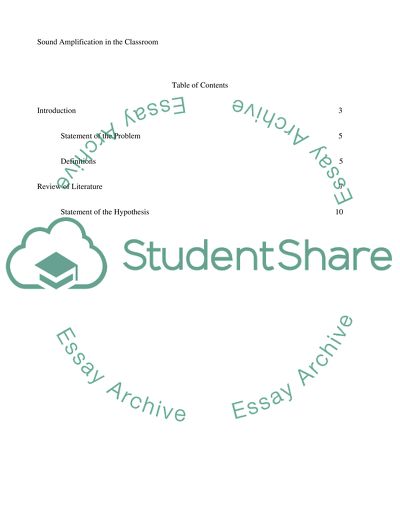Cite this document
(“Sound Field Amplification Systems in the Classroom Research Paper”, n.d.)
Retrieved from https://studentshare.org/family-consumer-science/1423216-sound-field-amplification-systems-in-the-classroom
Retrieved from https://studentshare.org/family-consumer-science/1423216-sound-field-amplification-systems-in-the-classroom
(Sound Field Amplification Systems in the Classroom Research Paper)
https://studentshare.org/family-consumer-science/1423216-sound-field-amplification-systems-in-the-classroom.
https://studentshare.org/family-consumer-science/1423216-sound-field-amplification-systems-in-the-classroom.
“Sound Field Amplification Systems in the Classroom Research Paper”, n.d. https://studentshare.org/family-consumer-science/1423216-sound-field-amplification-systems-in-the-classroom.


